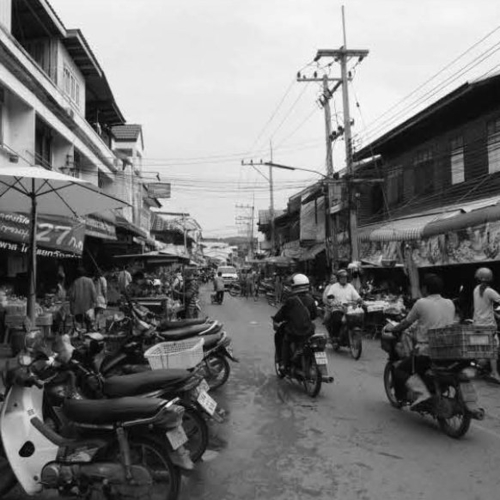Research & Article

Traditional Communities: Definition, Value, Regeneration Mechanism to Everyday Life Practice
By Poon Khwansuwan
Published on 26 May 2024
Cultural Heritage Management, Traditional Communities
Location of original sources
Conservation of Traditional Communities in Thailand still needs the practical processes to get more experiences on the real situation. This process should be extended from inside the community itself to reach the community system sphere in both tangible and intangible aspects to meet its most important significance and integrity which comprises from collective values. Diversity, continuity and change are parts of the historical life span of traditional community which nurture and adapt to its ecological environment. Moreover, recognition of contemporary heritage and built vernacular heritage within the community will offer the chance of understanding on conservation of traditional community to be as a whole, especially on urban development planning which all aim to livable society and good quality of life for later generations. Only romanticized preservation of some community elements could make the impact to the whole value of traditional community. Even architectural conservation, façade treatment and pseudo economic booster by using the nostalgic atmosphere of traditional community as a back ground could activate local economic activities in some degree but it is just a short term. This method could provide the opportunities for the new upscale business sectors to replace the local people by gentrification process which will reduce the existence of local community system and make local communities cannot have a place and would be departed from this new conservation space. This paper had been adopted from the research study of the Standard for the Quality of Cultural Environment: Traditional Communities in Central and Eastern Region Project in 2011-2012 to find the conservation mechanism of conservation of traditional communities both from central policy and power from the bottom communities, from ordinary people, and from the ordinary power of everyday life practice which also motivate and try to express their use of traditional communities dynamically.